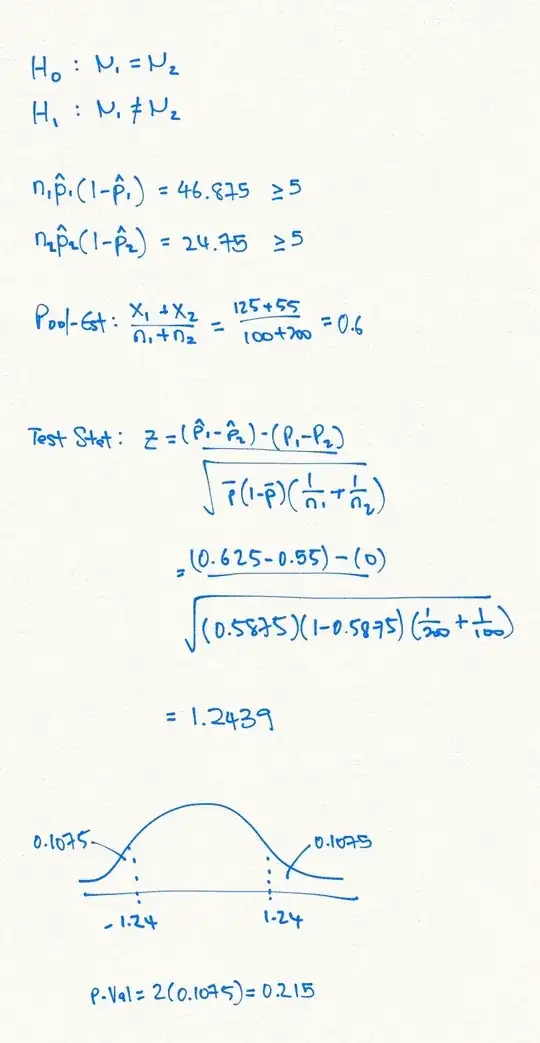In a scenario where there are two people in the rooms next to each other randomly walking in a room I want to know if we can compute PDF of distance between the two people. So the way I tried to tackle the problem is to reduce it to one person standing still and other person walking and trying to formulate the PDF but I still couldnt work out how to assign the PDF.
Say that the rooms form a square shape $AxA$ and one person is standing still and other randomly walking. I would like to know what would the distribution will look like for the distance between two people if one person is stationary in the center as shown and other person is doing random walk. Given the maximum possible distance between the two people is $dmax$ and minimum possible distance is $dmin$
